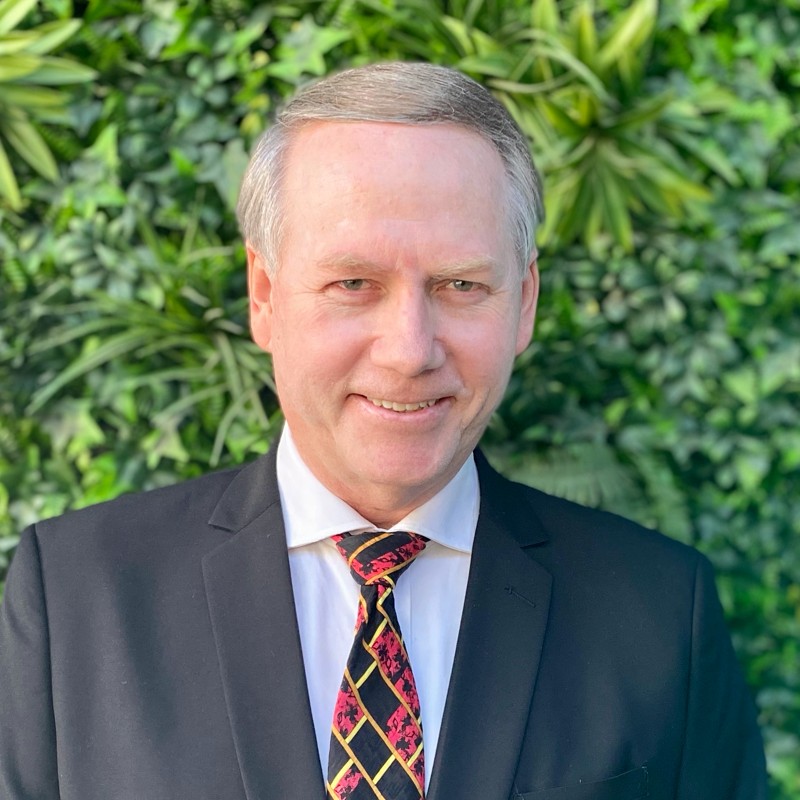Recently endorsed by the COAG Energy Council, the development of a National Hydrogen Strategy will set a platform for Australia to become a major global hydrogen player by 2030. The energy council has agreed to establish a dedicated Working group, chaired by Chief Scientist Dr Alan Finkel, to lead activities that achieve this vision.
Council has tasked the Working Group with carrying out three kick-start projects, to set the stage for the implementation of a national hydrogen strategy, to be considered by Council in December 2019.
What has changed about Hydrogen Energy in Australia?
Hydrogen presents an opportunity for Australia to lead in the emerging market for low and zero emissions energy, and reap the benefits of early entry into this industry. Global demand for hydrogen is now about 55 million tonnes a year with only 1 million tonnes used for energy. Relatively conservative estimates suggest that global demand for hydrogen for energy purposes is likely to reach more than 8 million tonnes by 2030 and about 35 million tonnes by 2040.
Capitalising on this growing demand for hydrogen could result in an export industry worth $1.7 billion which would provide an estimated 2,800 jobs by 2030 (direct and indirect impact). Most of the jobs created by this new industry are likely to be in regional areas, at sites of hydrogen production, storage and loading for export.
Two international reports have confirmed Australia’s potential as a future major hydrogen supplier. The World Energy Council’s International Aspects of a power-to-x roadmap identified Australia as a ‘giant with potential to become a world key player’. The International Energy Agency’s World Energy Outlook projects that Australia could easily produce 100 million tonnes of oil equivalent of hydrogen, equivalent to 3 per cent of global gas consumption today.
What is the plan moving forward?
Australia’ national strategy should focus on exports first. There is a small window of opportunity to supply Asia’s emerging market. Australia has competitive advantages, such as access to infrastructure and large renewable energy potential, but must act quickly and in a coordinated way to ensure Australia’s place in the hydrogen value chain.
Domestic markets will start to emerge based on consumer decisions, which will be easier and cheaper if a scale is developed via exports first. A national strategy therefore should consider policies and measures to allow domestic use of hydrogen, for things like decarbonising the gas supply, transport, interacting with electricity systems to improve reliability, and industrial processes.
From experience it is known that energy transitions often arrives sooner than expected. To sustain this impetus and set the stage for future implementation of a national strategy, three “kick-start” projects have been identified to be progressed immediately:
- Commencing work to allow up to 10 per cent hydrogen in the domestic gas network, both for use in place of natural gas and to provide at-scale storage for hydrogen
- Scope potential for building hydrogen refuelling stations in every state and territory. Fuel cell electric vehicles powered by hydrogen will become available in Australian markets from 2019 onwards, which will create consumer demand for refuelling stations. Beginning this work now, in partnership with industry, will facilitate consumer driven adoption of hydrogen fuelled vehicles. TFA is currently working on a number of projects now in this space.
- Undertake co-ordinated international outreach to keep building Australia’s profile with major trading partners as a potential supplier. This activity is already underway through Austrade, several state and territory governments and proactive Australian companies, but could be boosted by enhanced coordination across governments and industry, and given a higher profile through Council endorsement and commitment.
Where do we see the industry heading?
Industry players are considering renewable hydrogen as the next liquefied natural gas (LNG) industry, supplying hydrogen to power cars, buses, trucks and trains.
One of historical issues with hydrogen is that it’s difficult to transport over long distances because of its low density. CSIRO is currently trialling metal membranes, to extract pure hydrogen from ammonia. Ammonia is a more efficient way of transporting hydrogen because of its higher hydrogen density when compared to liquid hydrogen. This technology could be the pathway for a new export market.
Currently, there are two major automotive players offering hydrogen powered cars in Australia, Toyota and Hyundai. Both companies have invested millions of dollars in development and provided test vehicles for trials in Australia: the Toyota Mirai and Hyundai Nexo. The Mirai was recently tested as part of a 12-week trial by Hobson’s Bay City Council in Melbourne’s inner west. The trial will help Hobson’s Bay City Council reduce its vehicle fleet emissions and reach its environmental target of zero CO2 by 2020. The Hyundai Motor Company Australia has agreed to supply 20 NEXO fuel cell vehicles to the ACT Government as part of the Hornsdale Wind Farm project. It is expected that deliveries of these vehicles will commence in early 2019.
Industrial alkaline fuel cell power company AFC Energy said it received its first commercial order for a hydrogen power generation unit in Australia from Southern Oil Refining. The refinery currently converts several waste streams, including from sugarcane bagasse, “green waste” from cities, woody weeds like prickly acacia, and tires as feedstock for the production of bio-crude oil. Northern Oil is developing a new hydrogen generation technology that uses steam over iron reduction and chemical looping to deliver hydrogen, processes that are reportedly cheaper than conventional steam methane reformation. Surplus hydrogen generated from this system is expected to be consumed by AFC’s fuel cell system.
In summary, Renewable Hydrogen has the potential to become a viable alternative as the energy of the future. With support, new innovations will be made, and Australian hydrogen industries can lead the emerging market for low and zero emissions energy.
To learn more about renewable hydrogen, please contact our engineering manager, Keith Sharp, who would be happy to discuss further.
References:
1. Refinery Hydrogen Power Pilot Takes Shape in Australia,
https://www.powermag.com/refinery-hydrogen-power-pilot-takes-shape-in-australia/
2. Gladstone company receives $1m bio-hydrogen Boost Metal membrane for hydrogen
https://www.gladstoneobserver.com.au/news/southern-oil-receives-1m-bio-hydrogen-boost/3192364/
3. Metal Membrane for Hydrogen Separation – CSIRO Case Study
https://www.csiro.au/en/Research/EF/Areas/Low-emissions-technologies/Hydrogen-membrane
4. Renewable hydrogen could fuel Australia’s next export boom after CSIRO breakthrough –ABC NEWS
https://www.abc.net.au/news/2017-05-11/hydrogen-breakthrough-could-fuel-renewable-energy-export-boom/8518916
5. Hydrogen power plant pilot, a first for Queensland, highlights resurgence of humble chemical element –
ABC News https://www.abc.net.au/news/2018-07-18/hydrogen-power-pilot-concept-gladstone-refinery/10003812
6. National Hydrogen Strategy and Workplan – COAG Energy Council
http://www.coagenergycouncil.gov.au/sites/prod.energycouncil/files/publications/documents/DIIS%20-%20Hydrogen%20Workplan%20-%2020181219.pdf
7. Proposal for a National Hydrogen Strategy, Chief Scientist, Dr Alan Finkel AO,
presented to COAG Energy Council
http://www.coagenergycouncil.gov.au/sites/prod.energycouncil/files/publications/documents/DIIS%20-%20Hydrogen%20Proposal%20-%2020181219.pdf
8. Joint Ministerial Hydrogen Statement – COAG Energy Council
http://www.coagenergycouncil.gov.au/sites/prod.energycouncil/files/publications/documents/DIIS%20-%20Hydrogen%20Joint%20Ministerial%20Statement%20-%2020181219.pdf



